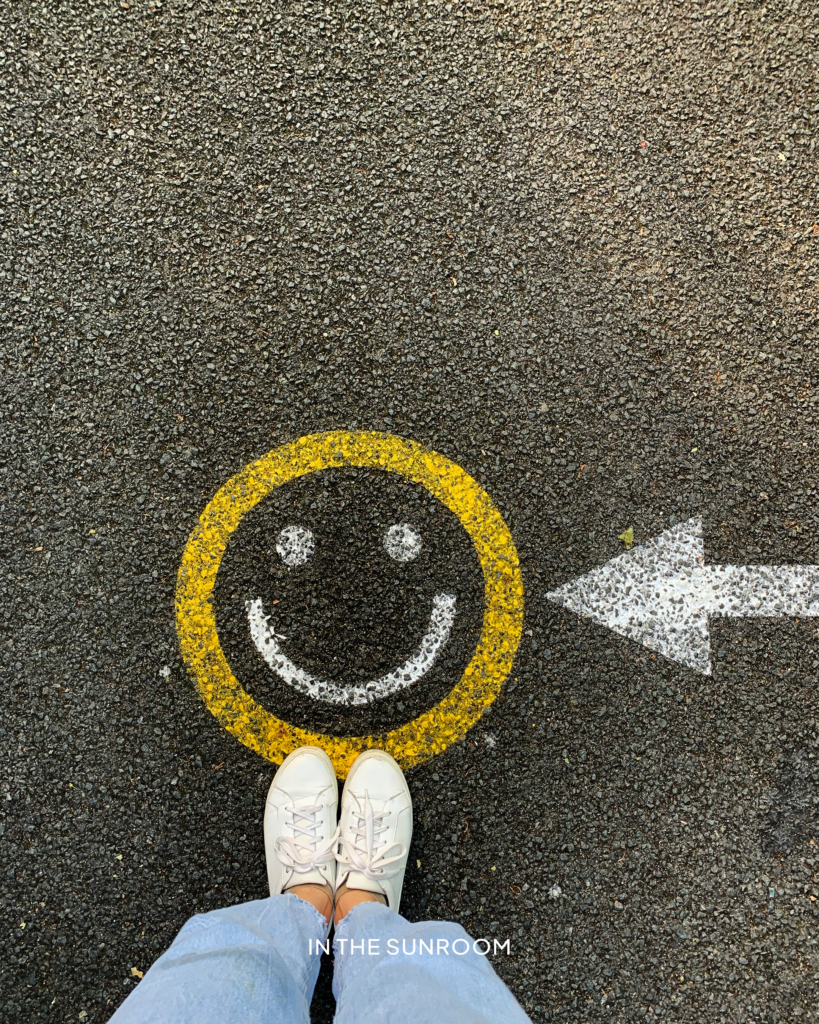Neuroscience-backed branding can do a lot, and one of its most powerful outcome is building customer loyalty.
There was a time when I thought branding was all about catchy colors, cool designs, and constantly pushing out new products that kept customers coming back. Does that mean that to gain customer loyalty, you must be…loud?
As I explored different marketing roles to lift sales in various companies and industries, I found the answer to building a loyal customer base to be far more complex and intriguing: the role of neuroscience in branding. Neuroscience-backed branding is a powerful way to connect with people at a deeper, emotional level and create lasting relationships for brands.
I believe that truly loyal customers don’t just like your brand; they feel connected to it, even when they don’t realize it. When a brand resonates with us deeply, it’s because it taps into the brain’s natural responses. So, here are my insights and experiences on how neuroscience-backed branding has the power to foster customer loyalty in a way that feels almost instinctive.
“Truly loyal customers don’t just like your brand; they feel connected to it, even when they don’t realize it. When a brand resonates with us deeply, it’s because it taps into the brain’s natural responses.”
Table of Contents
“Feel Good” Neurotransmitters
When we establish an emotional connection, fireworks go off in our brains. Slightly dramatic but accurate visual representation: Neuroscience tells us that when people feel positive emotions, it releases dopamine—the “feel-good” neurotransmitter—and encourages people to return. Why? This is a result of the connection activating parts of the brain associated with pleasure and reward.
I’ve seen this play out in my own work with people I speak to. When I began focusing on how my brand could make people feel, I saw a shift. Instead of just talking about the results of my services, I started sharing stories that focused on making the connection and relating my experiences with them, the way they’d understand. The response? They become enthusiastic advocates for my brand and refer clients to me too!
Familiarity Breeds Loyalty
Our brains are wired to respond positively to familiar things. Think: comfort food. It’s familiar and you know exactly what to expect. It’s called the “mere exposure effect”—a psychological event where people prefer things simply because they’ve been exposed to them repeatedly. Consistent branding at different touchpoints reinforces familiarity, which fosters trust.
When I think about my favorite brands, there’s always an element of familiarity in how they present themselves. Take German fashion brand, Jil Sander, for example. Their messaging is consistent, their visuals are recognizable, and their tone is steady. From their social media to retail site to retail store, it is the same ‘person’ across all platforms.

The more brands can establish a consistent presence, the more familiar and thereby trustworthy it is to their audience. This is particularly true in subtle things, which sometimes are unnoticed consciously. For example, maintaining a consistent color palette, font style, and tone across platforms. Though these might seem like small gestures, they create a powerful sense of familiarity in our brains.
The Power of Storytelling in Memory Formation
Why do we remember stories better than we do facts? Stories activate multiple areas of our brains, inclusive but not limited to those responsible for emotions, memory, and sensory processing, creating a “multi-sensory” experience. Customers remember brands that share compelling narratives.
I’m sure you’ve said this before, “I heard a story about…” way more than, “I remember this fact about…”
Now, I’ve always loved the art of storytelling—I grew up watching a lot of films and even more so when I minored in Film Studies back in university. I’ve also learned that there are endless ways to deliver a story well and everyone will find a narrative arc that fits. Instead of just talking about the services that you offer, share stories about the challenges and victories in your journey.
From my storytelling online, clients have told me they felt like they knew me before even our discovery calls, and they remember my brand long after our interactions. They would even remember when certain incidents happen from months ago when I shared and asked me about them later on. So—share your story. It’s more than marketing—it’s a way to make your brand unforgettable.
Building Trust Through Transparency and Authenticity
Trust is crucial for loyalty, and it’s something our brains naturally seek. Research shows that the brain’s prefrontal cortex, responsible for decision-making, plays a big role in processing trustworthiness. When brands are transparent and genuine, they stimulate trust responses in the brain, strengthening customer loyalty.
In my experience, being honest—even about setbacks—has been incredibly powerful in building trust. Once, I had a project that didn’t go as planned. Instead of sugar-coating it, I was upfront with my client. Not only did they appreciate the honesty, but they also became one of my most loyal customers. They referred others to me, praising my transparency. Neuroscience-backed branding teaches us that authenticity isn’t just nice to have; it’s essential for creating real, lasting connections.
“Being honest—even about setbacks—has been incredibly powerful in building trust.”
Tapping into the Reward Pathway
The brain’s reward pathway is responsible for reinforcing behaviors through rewards like dopamine surges. When a brand consistently “rewards” customers with positive experiences, valuable insights, or little surprises, it activates this pathway, making people more likely to come back.
One thing I started doing was sending personalized thank-you notes to clients after every project. It’s a small gesture, but it taps into the brain’s reward system, creating a positive association with my brand. Sometimes, it’s not about grand gestures but small, thoughtful moments that make people feel appreciated. Rewarding customers’ loyalty isn’t just about discounts or promotions—it’s about making them feel valued at every turn.
Using the Power of Social Proof and Community
We humans are innately social creatures. Neuroscience shows that social proof—be it in the form of testimonials, reviews, or community support—activates our empathy centers and creates a sense of belonging.
When I started actively creating a community around my brand, I immediately noticed a rise in engagement and interest. People felt reassured when they saw others supporting my ideologies and methodologies. A community reinforces the idea that your brand is worth trusting and aligns with social behaviors. Creating a sense of community around your brand doesn’t just attract customers—it makes them feel like they belong, and that’s a powerful way to foster loyalty.
Brand Consistency: The Brain’s Love for Predictability
The brain craves predictability—it’s part of our human survival mechanism. It makes us feel safe. When a brand is consistent, it feels stable and reliable, and thereby, safe. From a neuroscience perspective, consistency calms the brain’s fear response and creates a feeling of security, which is essential for building loyalty.
I’ll give a digital example, but this applies to real life as well! When I maintained a predictable schedule for showing up on my feed, kept my visuals consistent, and used the same tone in every message, my audience engaged with me more regularly. My followers knew exactly what to expect from me; from what I do to how I look like and the things I love sharing about, and this predictability helps reinforce trust—that I’ll be right here where you need me. Our brains love things they can count on, so if you want your customers to stay loyal, consistency is key.
“The brain craves predictability—it’s part of our human survival mechanism. It makes us feel safe. ”
Fostering Loyalty with Positive Emotional Anchors
Positive emotional anchors are events that lift or inspire people. And when that happens, it leaves a lasting imprint on the brain, especially when that experience is emotionally charged. These emotional “anchors” will build a loyal customer base.
For example, I always make an effort to create moments of positivity with my clients, whether through personal notes, quick check-ins, or surprise upgrades. These little moments leave a positive impression, making my brand memorable and creating emotional anchors. When customers associate my brand with a positive feeling, they’re far more likely to come back.
Neuroscience-Backed Branding for a Lasting Connection
Understanding the neuroscience behind branding has most certainly changed the way I approach building customer loyalty in both my business and the businesses I champion. And it works.
It’s not just about delivering a product or service; it’s about creating an experience that resonates with people on a deeper level. Through emotional connection, consistency, transparency, and positive experiences, you too can build a brand that becomes part of people’s lives.
Customer loyalty isn’t just about repeat purchases; it’s about creating a bond that goes far beyond transactions. It’s a community. Neuroscience-backed branding teaches us that loyalty isn’t forced—it’s fostered. By aligning with the way people think, feel, and connect, you can create a brand that not only stands out but also stands the test of time. And that, in my experience, is the real power of branding.










